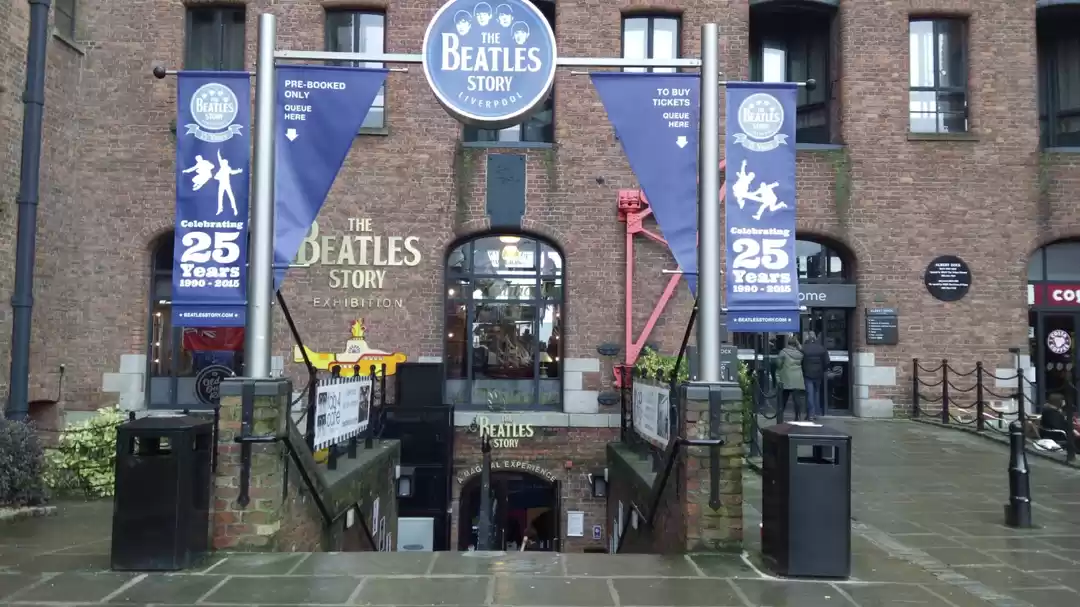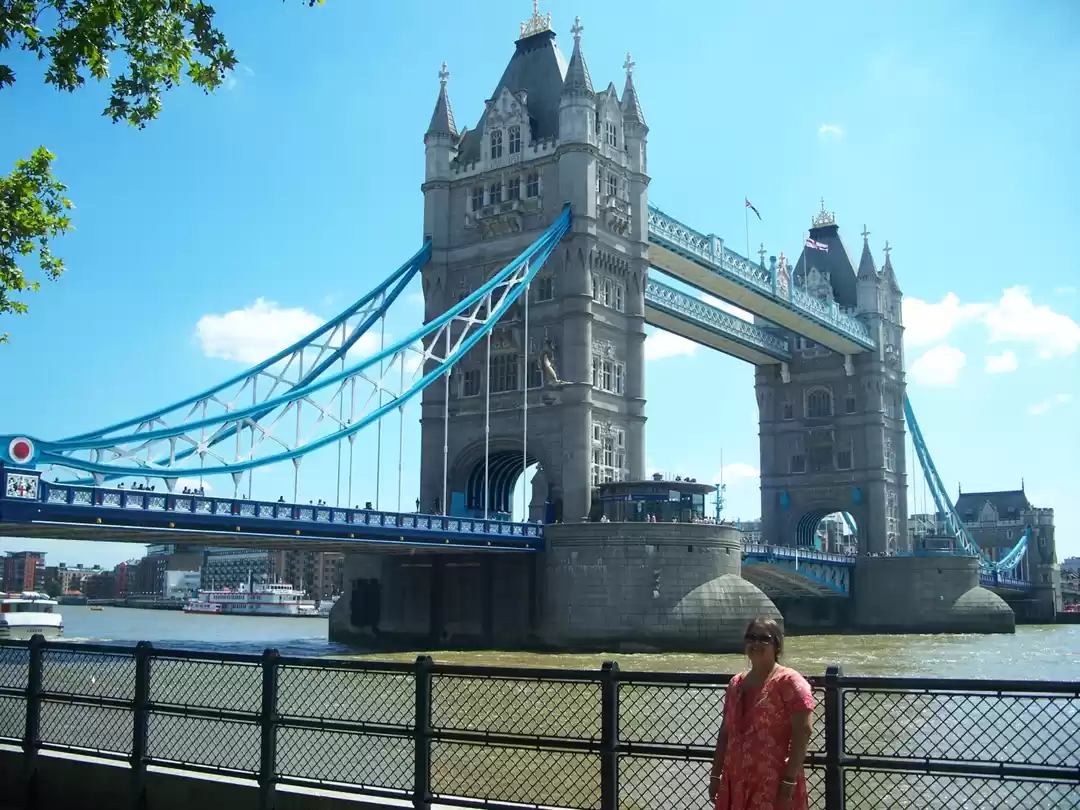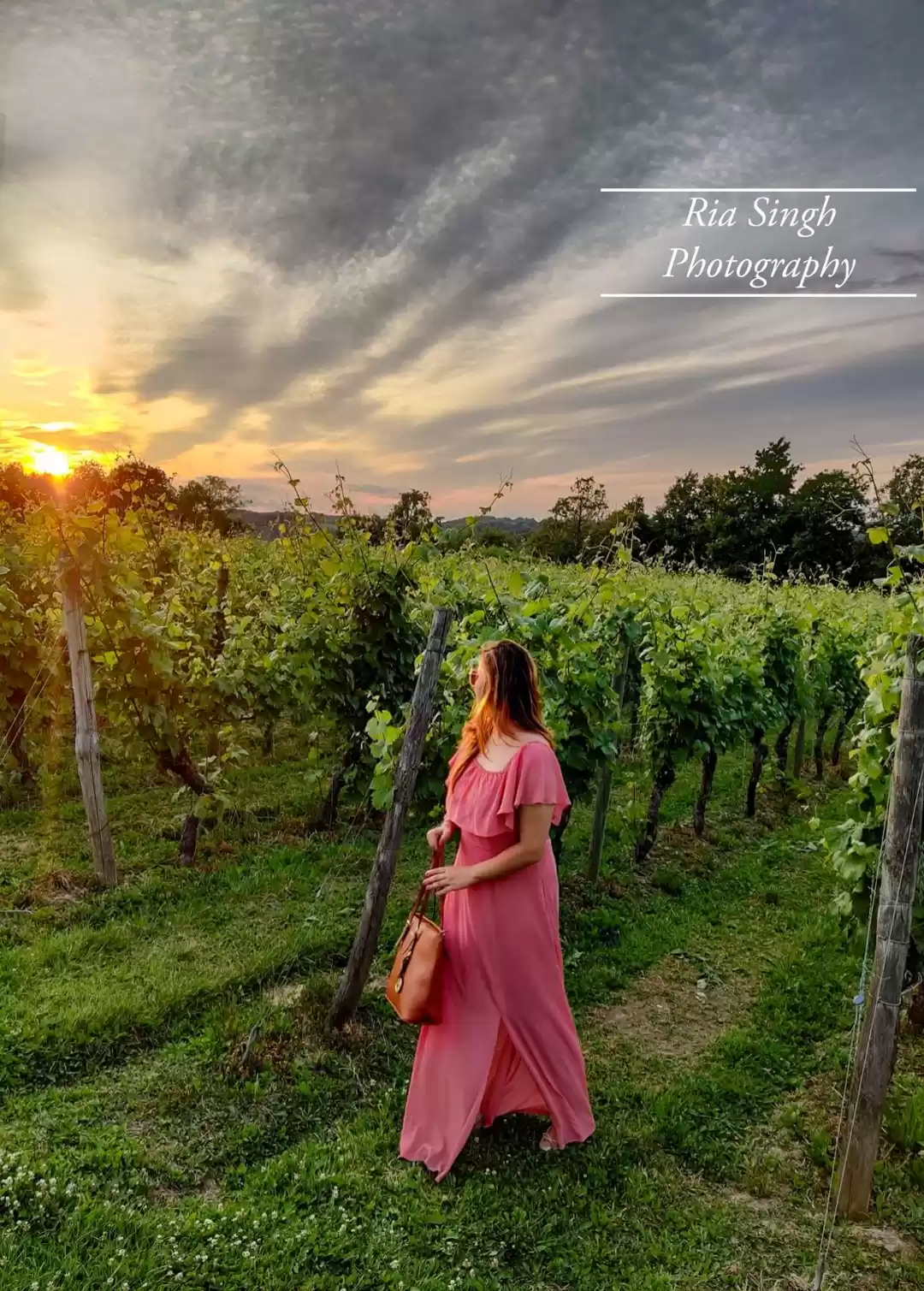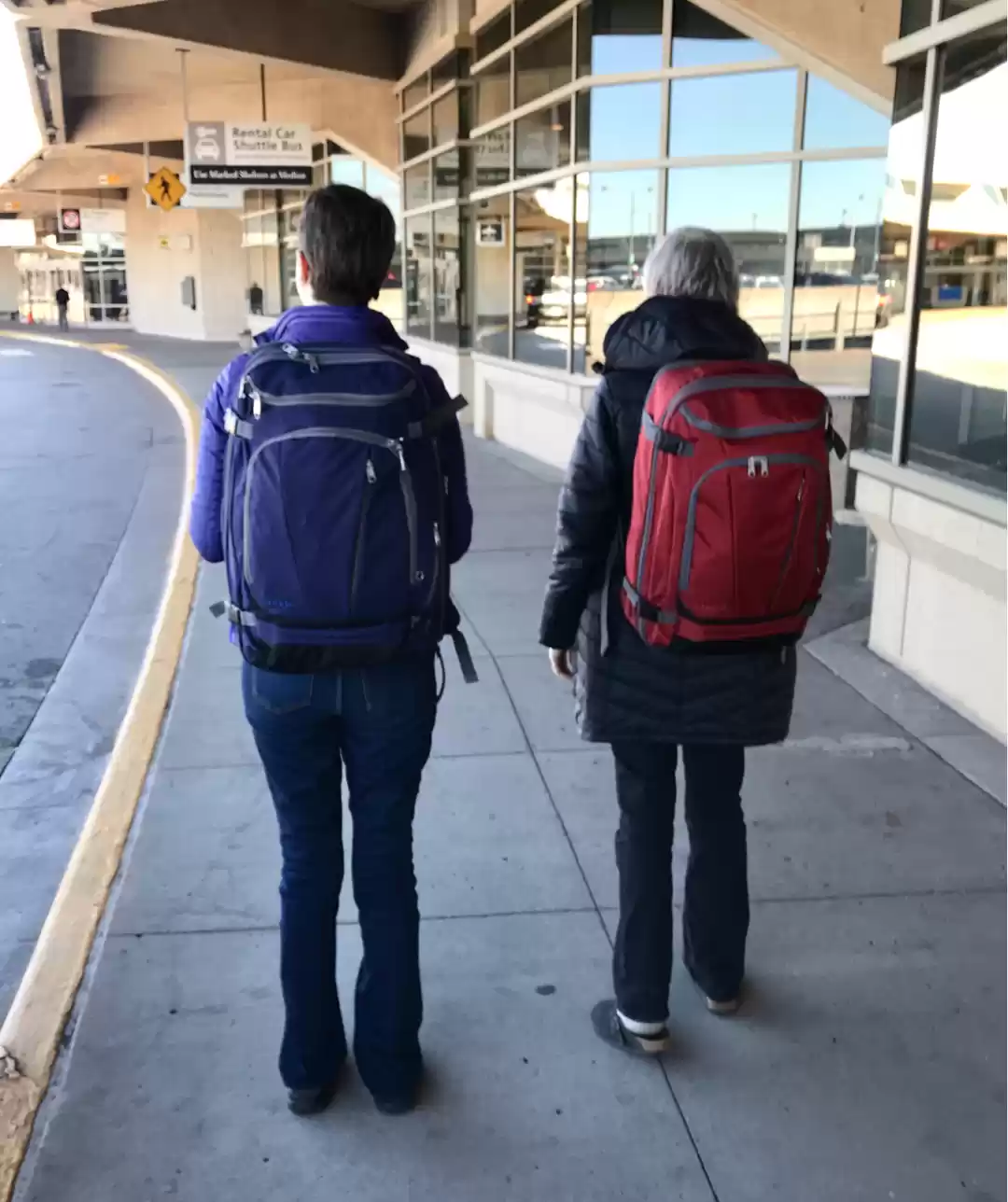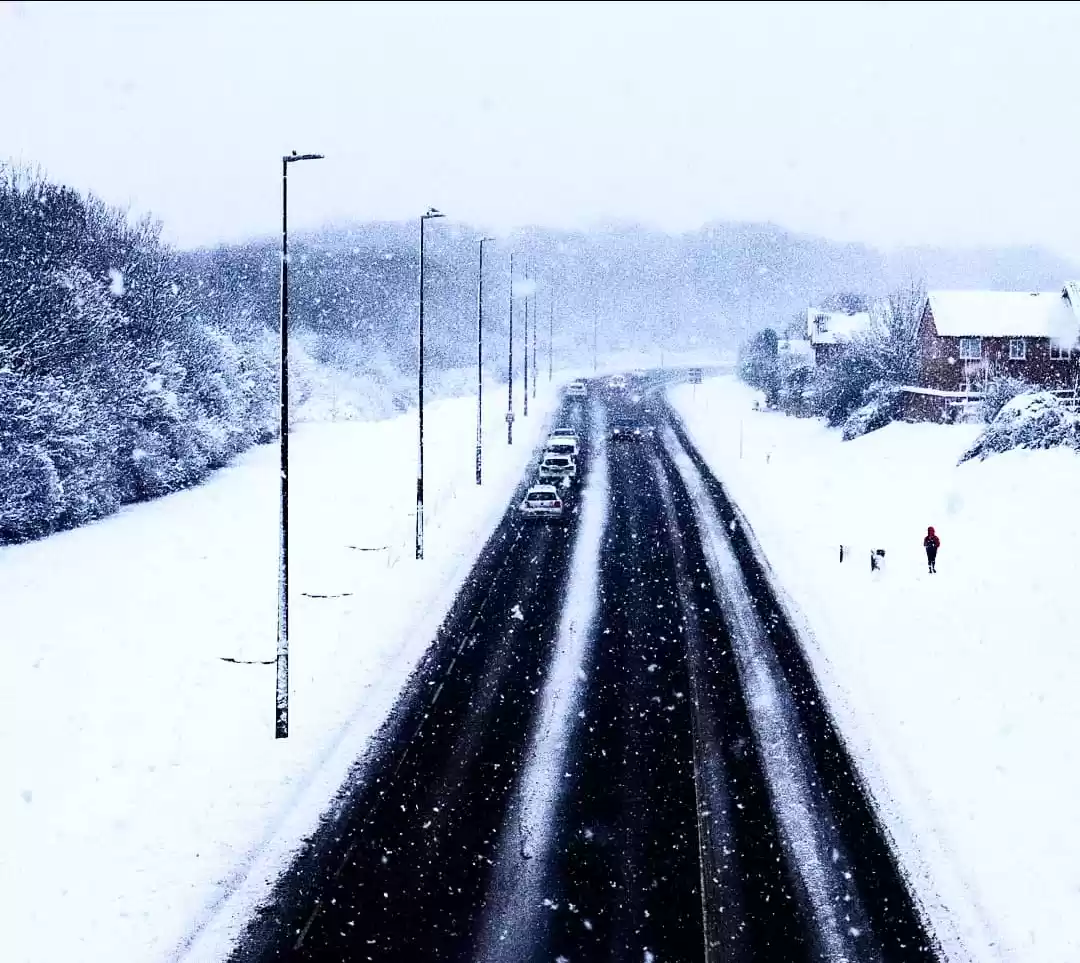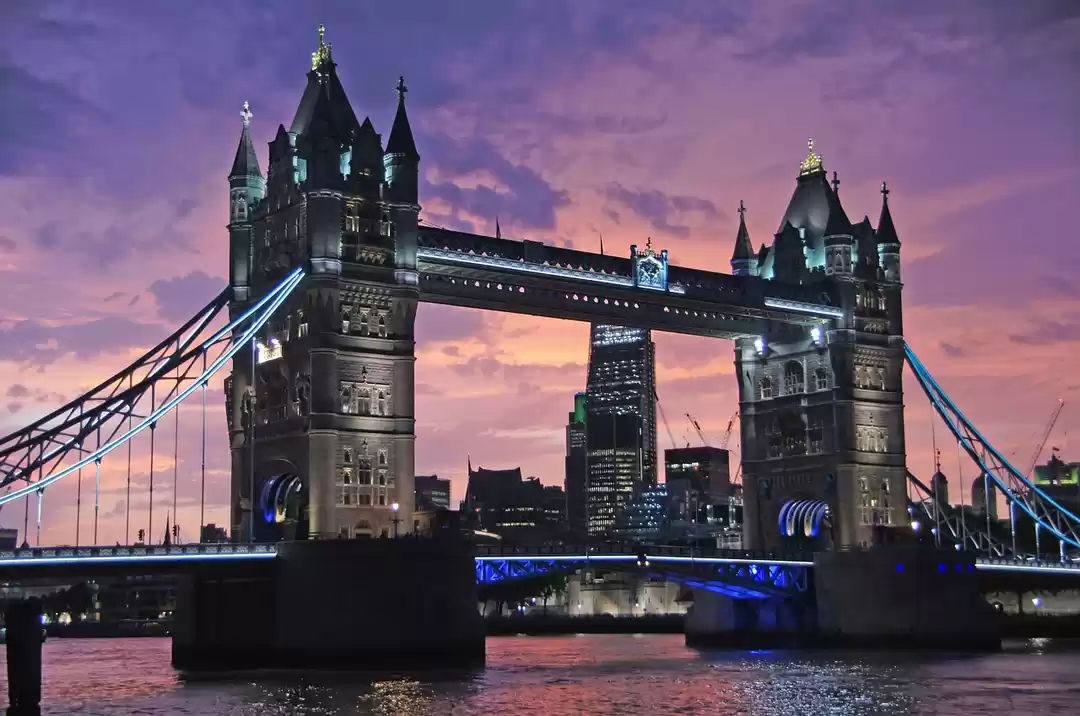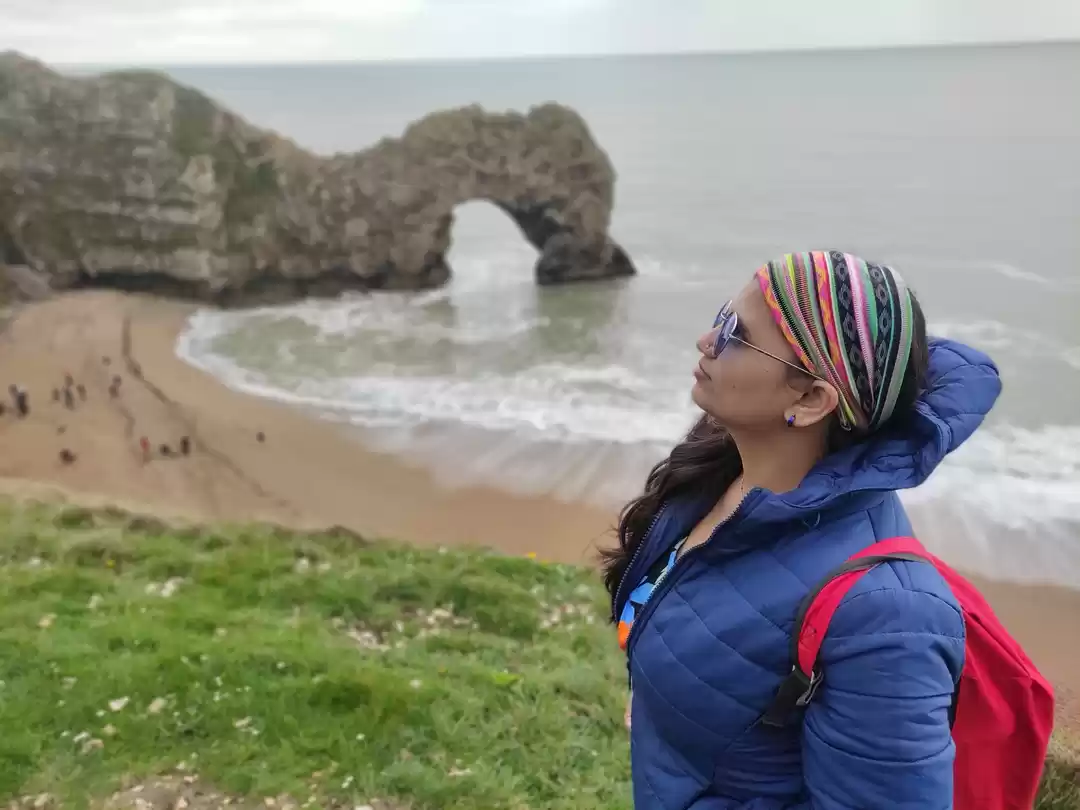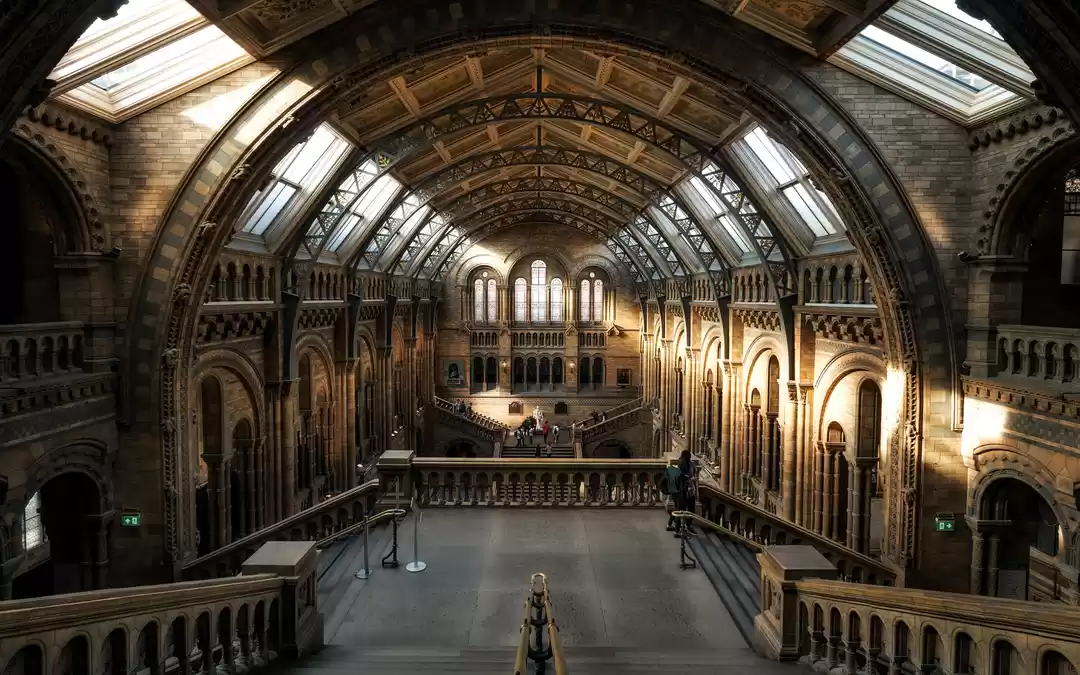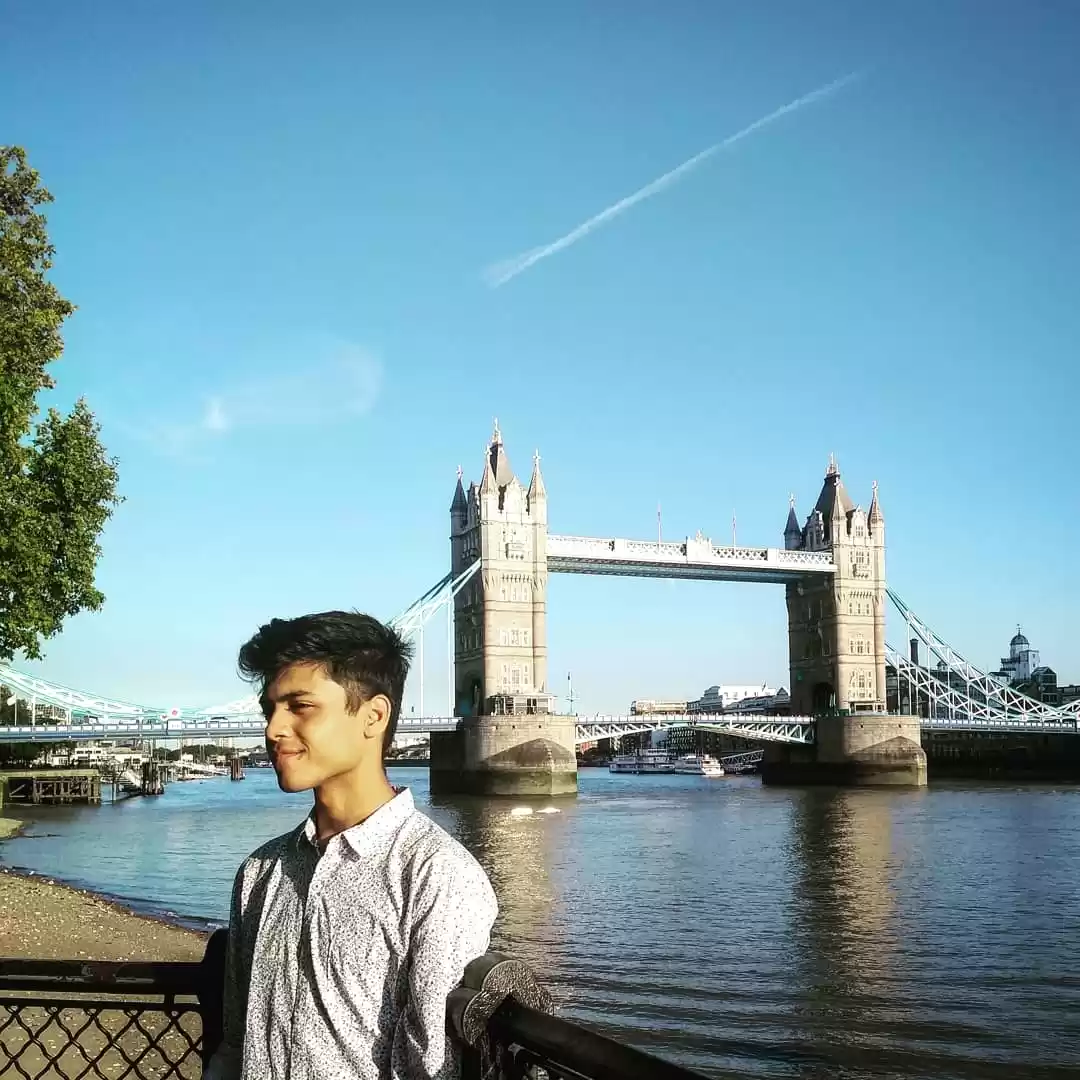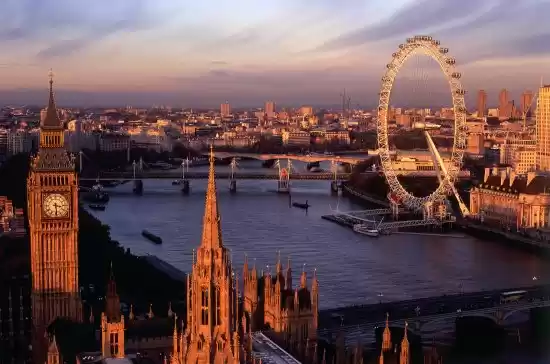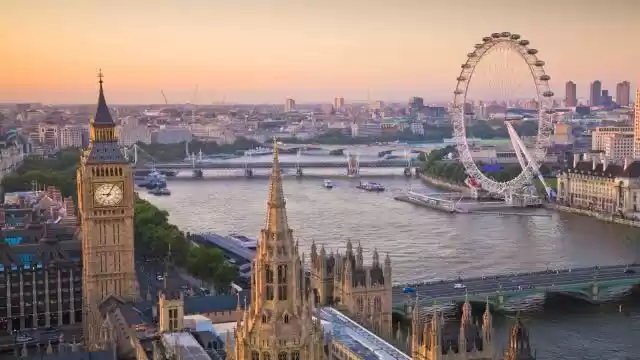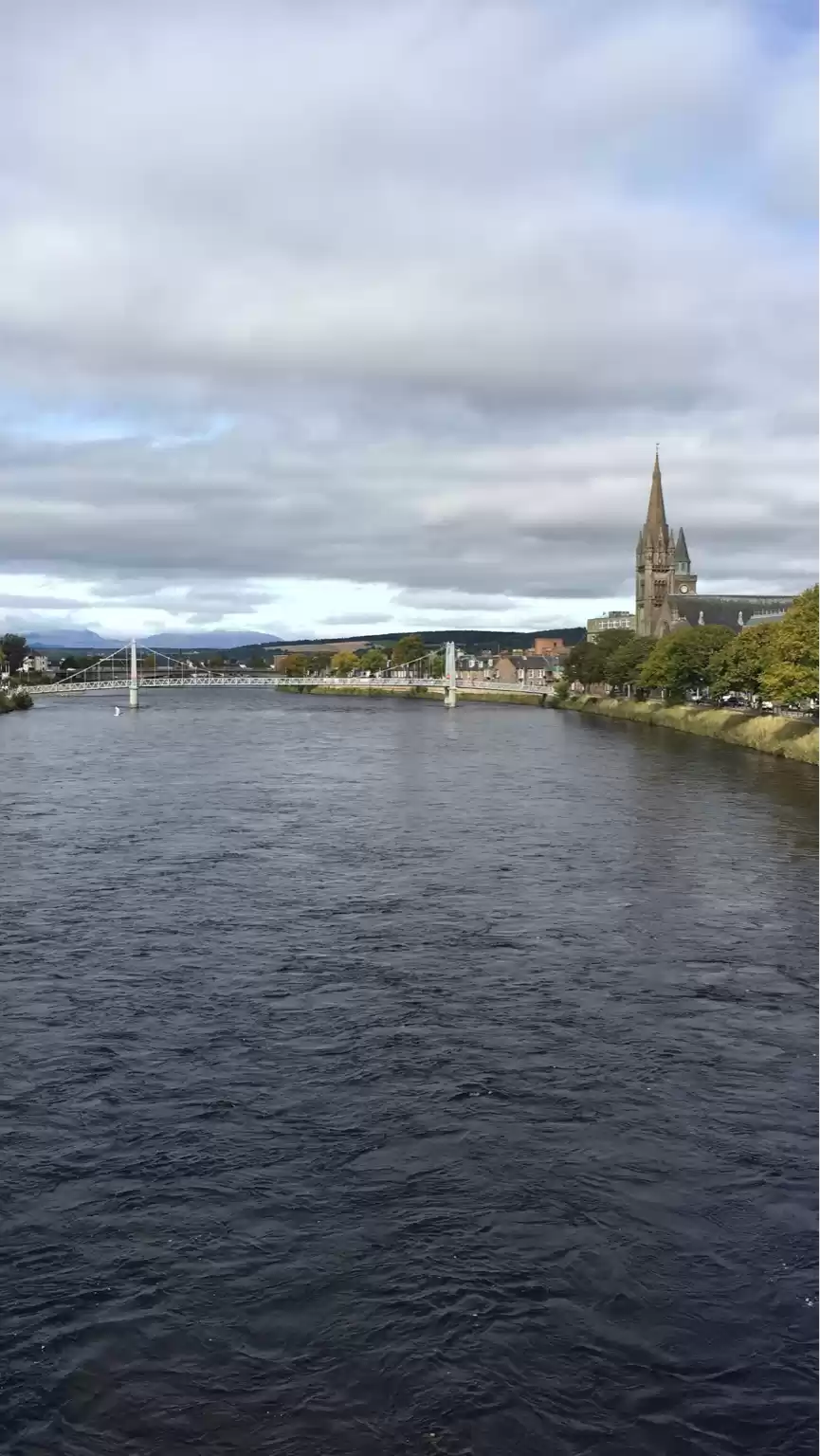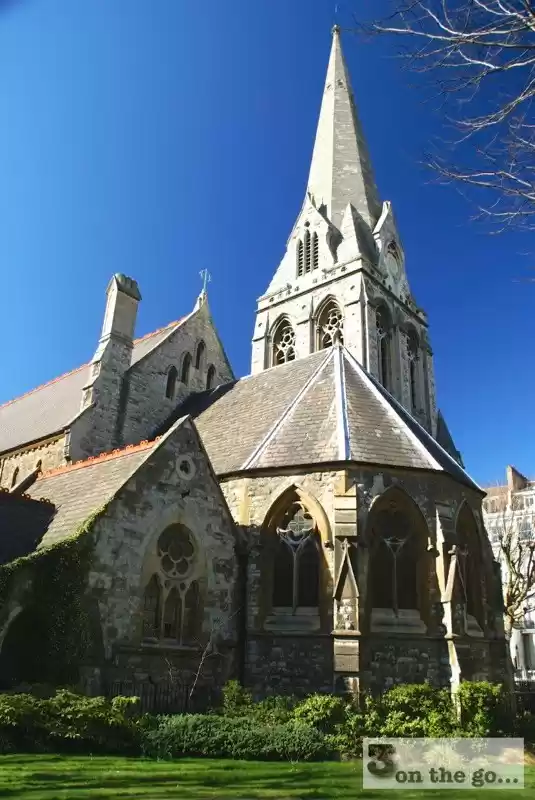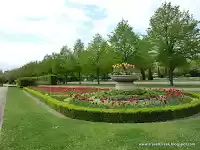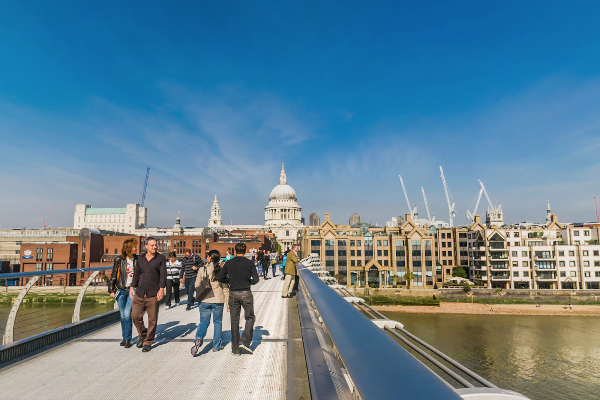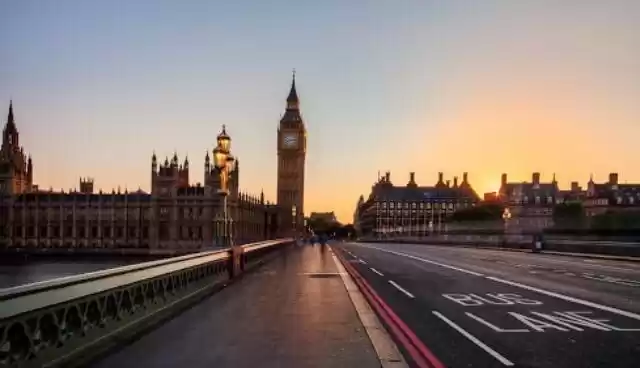











Originally published on The Fly Away American.
Kew Gardens was built in the 18th century as an exotic pleasure garden for Lord Capel John of Tewkesbury. Over the centuries the gardens have had many caretakers, who each added plants, flowers, and features across the 300 acres of green space. From beautiful Victorian glass houses to a modest palace for the Royal children, Kew Gardens has become as much museum as it has one of London’s best outdoor retreats.
The property has forty protected buildings that have either architectural or historical interest, along with the world’s largest collection of living plants. UNESCO designated Kew Gardens in London a World Heritage Site in 2003 for it’s contribution to the study of botany, plant diversity, and the significant ties with history that can be seen by visitors throughout the grounds.
A day walking under canopies of overhanging trees, lounging next to serene ponds with protruding fountains, and visiting ecological habitats ranging from desserts to rainforests to the savanna in the same afternoon- is my kind of escape.
Bloc Gatwick opened it’s doors in March 2014, smack in the middle of Gatwick Airport’s South Terminal. It is the second Bloc property, their first is in Birmingham, and both are modelled after the Japanese pod-style hotels. Simplicity, technology, modern, no-frills. Signs for Bloc Gatwick in the South Terminal are plentiful, and I had no problem finding the hotel. When I arrived to check-in, staff were helpful, courteous, and had no problems answering any question I had regarding the room or airport itself. he security line is only a 30 second walk from the hotel check-in counter, and if you are flying an airline that allows you to check your bag early- you can literally wake up and go.
The South Terminal has a great selection of restaurants, shopping, and a grocery store- and when you stay at Bloc Gatwick you receive great discounts or perks at most of them. (i.e. Free glass of wine at dinner, 10% off your order, and so on.) The rooms are accessible via an elevator directly next to the check-in counter, your room key also gives you access to whatever floor you have been assigned. Our room was on the 8th floor, at the very end, which I can only assume has one of the best views- so ask for that one!
I may have actually let out a gasp when I walked into the room. Not because it was incredibly luxurious and wowed me (we will get to that later) but because the view from the wrap around windows in the room directly overlooked the runway. The Kid and I hurriedly threw our luggage down and went to the window, our noses almost pressed against the glass, watching airplanes land and fly away. For a girl who loves airports, I had just found my sanctuary.
The room itself is cozy, but more than sufficient. I was glad that they hadn’t set up the bunk beds in our family room just yet, as we got to see how one little room could transform into something else in an instant.Check out the before and after pictures, the room went from business traveller to family in an instant.

I came across London’s most haunted house by chance. I was adding new visa pages into my passport at the American Embassy and decided to see what was in walking distance to check out when I was done. 50 Berkeley Square, listed on many London attraction websites, was only two blocks away so I decided to head over and see what there was to see.
As I stood in front of the gorgeous exterior of the most haunted building in London, I couldn’t help but smile. First of all, I don’t believe in ghosts. (Let the comments of first-hand experiences with the ghost of your Great Aunt Margie pour in…) Second of all, looking at this building today- it is difficult to believe that it was once a notorious hot bed of creeks and shrieks in the night. While Mayfair has been an affluent London neighborhood for decades, home to five star hotels, rich politicians, and the who’s who of London- it seems this wasn’t always the case.
The first day when I arrived at Astor Hyde Park Hostel I was in a huge hurry to check-in and get going to my first event. I was happy that the hostel was only a 10 minute walk from Gloucester Road tube station. The staff were friendly from the get-go and super helpful with any question I had. (I had many.) Hyde Park hostel is in an absolutely gorgeous Victorian townhouse, and still maintains many of the original features. Right away it didn’t feel like a normal hostel, and I am still really impressed that such affordable accommodation is possible in this area of London.
The next morning I was able to start exploring the hostel further, beginning with breakfast in the basement. The breakfast/lounge room is a really fun space. There is a foosball table, comfy seating, and amazing London themed murals and art pieces on the walls. It has a bright energy, regardless of the time of day, and always seemed to be buzzing with conversation and friendly faces. I worked at the tables in the room on several occasions, and though I had a few issues connecting to the wifi, it is free and worked fine the majority of the time.
The rooms themselves were clean, with en-suite bathrooms. The beds were comfortable and linen is provided. Basic, but very nice. There are also lockers beneath the bunks, and you can get a padlock from the front desk free of charge. Towels are available for hire (I needed one!) and only cost £2 plus a £3 deposit which you get back on check-out. The floors underneath the bunks were a little dusty, so be sure not to put your clothing directly in the locker if you don’t like grey.
The shower and toilet rooms were en-suite, but separate, which is really awesome when you have six people in your room! No complaints. There are also washers and dryers available for use, and soap is available at the front desk for a small charge. They seemed to work just fine, and my clothes definitely smelled much better after!

Yet, there it stands. A miracle made possible only by the relentless activism of church leaders and history lovers in the community through the years. St Pancras Old Church is one of the oldest places of Christian worship in England, dating back to a time when London had not yet spread so far North; a rural oasis until modernization took over in the 19th century. Many believe that the church could date back to as far as 314 AD, and there are several references to the parish in the Domesday Book.
Walking through the gilded wrought iron gate, the surrounding noise doesn’t exactly fade away, but you quickly forget about it all the same. This little church has ties to hundreds of famous writers, philanthropists, musicians, and London giants. Their remnants are scattered throughout, although most are easily missed- so do pick up a map inside. (You should leave a donation!)
ICEBAR London is right off London’s Regent Street, a stone’s throw from Picadilly Circus and home to some of the best shopping in the city. I was relieved to find it almost hidden from the hustle and bustle of the area, and not at all touristy like I expected. (I went to the Icebar in Amsterdam, and though it was fun, it was very touristy.) Walking in I was surprised to find an upscale lounge, with draping fabrics, cozy seating, and a private bar. Our event was sectioned off with a curtain, giving it the feel of a VIP room while still enjoying the energy of the room.
When we arrived at The New Linden Hotel our room was ready, and we were greeted by name. I instantly fell in love with the Asian influenced decor, as I am obsessed with all things Eastern. (ie. I am an Asia geek.) We were given the key to our ground floor room, and were asked to leave it at the desk anytime we left the hotel. I have noticed this is quite common in London, and has something to do with fire regulations- it was definitely a little bit strange the first time I was told I couldn’t keep my room key.
The hotel is small, however, and the desk in manned 24 hours a day so it was never a problem. Our room was gorgeous, with elegant fabrics and beautiful furniture. (How awesome is the bed?) If you compare it to an American hotel you would be very disappointed, the room was cozy (small!) but this is typical London. I loved the faux fur throw and pillows, generally not my style, but perfect for afternoon naps and cuddles. The bathroom was roomy and modern.
I appreciated the his and hers sinks, and am happy to report that the shower is to die for. There was also a caddy with the usual instant coffee, tea, creamers, and sugar- as well as a water boiler for all your hot drink needs. Overall, we had a wonderful time at The New Linden Hotel. I love boutique hotels because they usually take really great care for their customers, and don’t overlook the simple touches that can make a stay extra special. I would recommend The New Linden Hotel for anyone looking for a mid-range boutique property for themselves or as a couple, I probably wouldn’t recommend it for families with small children. They did drop the ball on breakfast, but if you are unhappy with toast and yogurt there are plenty of great options in the area to choose from. We saw probably five pubs between the closest Underground station and the hotel that offered up Full English Breakfast.

If you want to discover the history of a city, you can always look to the waters it was built around for the answers. In Paris, the Seine tells the story of the earliest European settlers, Roman ambitions, and the 18th-19th century Parisian social scene. In Rome, the Tiber can recount the olive oil trade of the 3rd century, the thousands of criminals who found their final resting place under her waters, and sacred stories deeply intertwined with the origins of Rome itself.
In London, the Thames River is a treasure trove of historical artifacts, windows into the past, and a constant, flowing reminder of what once was. It is no surprise that some of the most important links to London’s past have been found on the banks of the Thames; washed up on shore after centuries, ready to tell their stories. This has led both professional archaeologists and amateurs hobbyists alike to throw on their wellies (rain boots) and head down to the shores at low tide, hoping to discover a treasure of their own.
Welcome to the world of Mudlarking. There are several ladders at London’s South Bank, which you can climb down at low-tide (the tide is very important) and try your hand at Mudlarking. I went by myself on a cold, windy day- enjoying an Americano while I wandered down the bank, eyes peeled for anything special amidst the river rocks. I found segments of old clay smoking pipes, tiles of pottery lost and broken long ago, and many, many items that were much less… enchanting.

I took a ride for the first time over the weekend, on the most gorgeous of London days. I have honestly always avoided the London Eye, the large lines of tourists and crazy admission costs were never a big draw for me. Luckily, I had the amazing opportunity to avoid all of that, and am happy to report that the London Eye is maybe worth the time and money. I had a fast-track ticket, and I will tell you, if you plan on adding the London Eye to your itinerary- splurge for the fast-track. The line to get on was probably a thirty minute wait, and this was after they has bought their tickets. Whatever you decide to do, purchase your tickets ahead of time on the London Eye website, trust me on this one. It took me only five minutes from picking up my ticket, going through security, to entering the capsule. Not bad. It was really incredible to go up over the city and see all of London’s most famous buildings and areas from one location. You can even see The Shard once you get all the way to the top.

William Shakespeare is one of the most recognizable names across the globe, so it comes as no surprise that Shakespeare’s Globe Theatre, a recreation of the playwright’s original London theatre, is one of the city’s most popular attractions. There is something so magical about standing beneath the stage of The Globe, and the fact that the theatre only dates back to 1997 doesn’t seem to matter. After meeting with the group, we were taken to the pit- the area directly below the stage that functioned as the cheap seats back in Shakespeare’s hey-day. (Although there were of course no seats, standing room only, which remains today.) This was my favorite part of the visit, as standing under such a famous stage really made the imagination run wild. The entire theatre was built without modern tools, using the same designs and materials that were used in the original buildings. There were two Globe Theatres before the current one actually. The first was built in 1599 but was destroyed by fire after an accident involving a cannon on the stage. (I’d hate to be the guy behind that one.) The second was built in 1614, but closed and destroyed by the Puritans- our guide called them ‘the boring people’. It wasn’t until an American actor by the name of Sam Wanamaker, brought his dream of re-creating The Globe Theatre to London in 1970, that the third theatre was built. He envisioned visitor’s coming to the Globe, and watching the same plays that Shakespeare put on, in the same ways. For that reason, microphones are still not used in the theatre- the incredible acoustics enable an audience to hear a pin drop, even when filled to capacity. These details are still very evident as you take in the stage, from the same type of trap-door that was used back in 1599, to the beautiful murals adorning the stage ceiling. There are lights installed for the night shows, but these do not light up the stage in any fashion- and only function to ensure that the actors and people of the audience can

The Old Operating Theatre Museum and Herb Garret serves as a memoriam as much as an educational tool on pre-modern medicine. While there is no reflection into the individuals who once came to this spot looking for a miracle, you can’t help but wonder about them as you look through the surgical tools and medicines used to treat ailments during the time. The Old Operating Theatre has been on my London to-do list for some time.
As you enter the interior of St Pancras Old Church, you won’t be blown away by high-vaulted ceilings and murals done by internationally renown artists, but you will have the opportunity to walk along a floor that that has seen 1700 years of change. This is not to say it isn’t beautiful, for a church that has overcome bombings during World War II, several railroad constructions, and restoration after restoration, the simplicity suits it well.

The main goal was to climb up to the Royal Observatory, perched on a hill overlooking Greenwich with spectacular views of London. There stands the Prime Meridian Line, that invisible line of longitude that separates our earth into two hemispheres. The highlight of the Royal Observatory is the Prime Meridian Line, but it is also home to Greenwich Mean Time which is why it has been given the nickname ‘the home of time’. Flamsteed House is another worthwhile attraction, which was designed by Sir Christopher Wren and once functioned as the home of some of history’s most influential astronomers. Unfortunately, the Royal Observatory is no longer an official residence of astronomers as the lights from London have become too bright.

As part of the Lapland in London experience we had an open bar, giving us the freedom to enjoy the venue’s incredible cocktails.After we had successfully made some kind of animal-like lump of ice, we were able to throw on a parka and experience the famed ice bar itself. The tables, bar, artwork, and even the glasses were all made of solid ice! Each person is allowed any one cocktail with admission into ICEBAR, I highly recommend the Temple of the Sun tequila ice cocktail to warm up the insides. The bar is kept at a constant -5 °C (23 °F) so it is cold, but the parka and gloves you are given keep it bearable until the end. The standard visit is 40 minutes long, which is more than enough time to enjoy a drink and enjoy the unique experience. The theme of ICEBAR changes annually; the current theme ‘Frozen Architecture’ features ice carved blueprints and cityscapes, giving it a surprisingly modern feel.

If you were a poor woman in 19th century London, the healthcare system was something to be avoided. Until 1846 there was no anesthetic, so you would put your hope on the speed of your surgeon if something brought you to the operating table. You can probably imagine that a surgery such as an amputation would not have been a pleasant ordeal.
If you were fortunate enough not to have went into shock and died, the procedure itself would probably be enough to scar you for life.The women who were operated on in the small operating theatre on St. Thomas Street, nestled in the rooftop above an ancient church, are now long gone. Their ghosts have disappeared with renovations through time, and the memories of these women have vanished with their loved ones.
I especially loved touring Kew Palace, the smallest of the British Royal Palaces, that while not grandiose has been lovingly restored with period draperies, furniture, and portraits of it’s former occupants. There have been three palaces at Kew over the centuries, but Kew Palace is the only one that remains.
The palace was built in 1735, and was referred to as the “Dutch House” for many years. I should also mention that the staff, dressed in period costumes, are absolutely terrific and are well-versed in the history of both the palace and it’s gardens.

It was just as quirky as I had hoped with stuffed alligators, human skeletons, and recipes for ‘Snailwater’ haphazardly strewn across various displays in the attic room. As the operating theatre is located in the old herb garret of St. Thomas Church, the experience is magnified by displays of the herbs and plants and miracle cures that the apothecary once stored there.

As I said, I don’t believe in ghost stories, or things that hide in attics and strangle people with their octopus like tentacles. What I liked about 50 Berkeley Square, and why I decided to post about it, is that these types of stories were told and retold throughout London for hundreds of years.
You can just imagine that the children in East London trying to out scare each other with the gruesome tales and gossiping women walking through Hyde Park talking about the victims and suggesting their own explanations. The media covered the episodes in the house extensively, so Londoners would have read about the murders and creature in their daily newspaper. It became a part of the city, and while it may be less known today, it still represents an interesting part of London’s history.

Greenwich has a feeling altogether different than central London. Walking along the sidewalk through the Maritime Greenwich World Heritage Site, you are brought back to the romantic times of exploration. From sea to space, some of the greatest explorers in history walked the grounds. Our reason for visiting Maritime Greenwich, however, was not to see these incredible sites- although we did and loved them.






